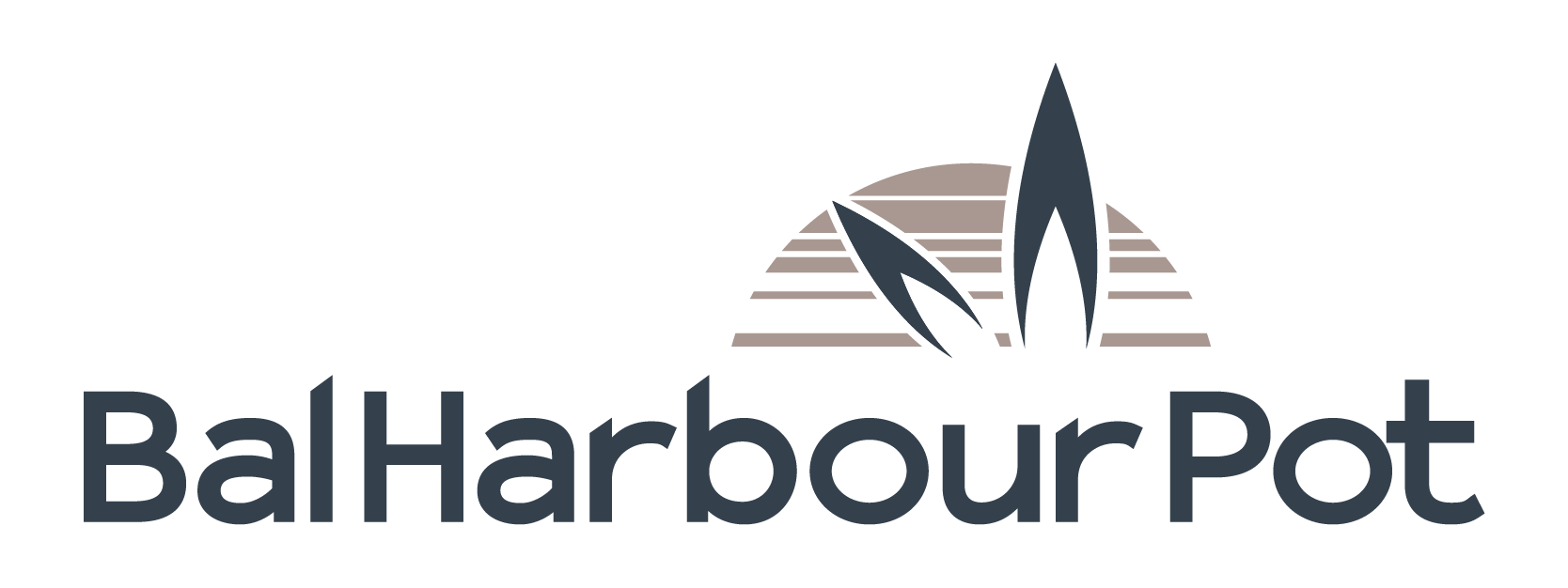In Bal Harbour and across South Florida, older adults are embracing medical cannabis for pragmatic reasons: they want non-opioid tools for chronic symptoms and a better quality of life. National data show the shift. In 2023, about 7% of U.S. adults ages 65 and older reported current cannabis use, up from just under 5% in 2021—a sharp rise that mirrors broader normalization. Florida’s regulated medical program and expanding clinician engagement make adoption especially approachable for retirees navigating arthritis, neuropathy, and sleep disturbance.
What benefits are driving interest? Pain relief is foremost. Contemporary evidence syntheses find cannabinoids offer modest but clinically meaningful improvement in several chronic pain states—including neuropathic pain, fibromyalgia, cancer-related pain, and multiple-sclerosis–related spasticity—when products are selected and dosed carefully. Many older adults also report better sleep continuity and reduced nighttime awakenings, particularly with low-dose, balanced THC:CBD formulas; surveys of adults 50–80 reflect this pattern of self-reported symptom management. A subset use cannabis to ease anxiety or stimulate appetite during periods of illness, aiming to preserve function and independence.
Usability matters, too. Today’s dispensaries provide labeled, lab-tested formats—capsules, low-dose edibles, tinctures, topicals, and metered vaporizers—that are simpler to dose than combustible products. Pharmacist or clinician consultations (common in Florida) encourage “start low and go slow,” reinforce safe storage, and help patients anticipate interactions with common medications.
Will senior use continue to rise? The trend lines point to yes. AARP reporting and peer-reviewed analyses document steady growth among adults 50+ and 65+, with pronounced uptake among women and higher-income, college-educated seniors—demographics well represented in Bal Harbour. As stigma declines and more physicians routinely discuss cannabis in care plans, additional eligible Floridians are likely to trial medical products for pain and sleep.
Prudent counseling remains essential. Older adults metabolize drugs differently and often take anticoagulants, antihypertensives, or diabetes therapies; THC may cause orthostatic dizziness and can interact with other agents. Edibles carry delayed onset, posing a risk of accidental overconsumption without education. Professional guidance generally favors beginning with very low doses (for example, 1–2.5 mg THC), titrating slowly, and monitoring cognition, falls risk, cardiovascular symptoms, and daytime function.
For Bal Harbour residents, a practical, clinic-style framework helps: 1) clarify the target symptom (pain, sleep, appetite, anxiety); 2) select an evidence-aligned format (topicals for localized pain; tinctures or capsules for steady overnight coverage; balanced THC:CBD for daytime function); 3) pair cannabis with foundational measures—physical therapy, sleep hygiene, and nutrition; and 4) maintain a simple log of dose, timing, and response to guide follow-up with a provider. Implemented this way, medical cannabis can be a measured, goal-driven adjunct that helps older adults maintain mobility, social connection, and autonomy in daily life.
Local context matters. Miami-Dade’s concentration of retirees, specialty clinics, and reputable dispensaries means older adults can access professional counseling and standardized products without long travel, which increases trial and persistence. While national household surveys still show lower overall use in seniors than in younger adults, the year-over-year gains since the mid-2010s are consistent and unlikely to reverse given expanding access and clearer clinical conversations. Importantly, most seniors who report use say they do so primarily for health reasons rather than recreation, aligning with a careful, medicalized approach that fits the community’s wellness focus.
